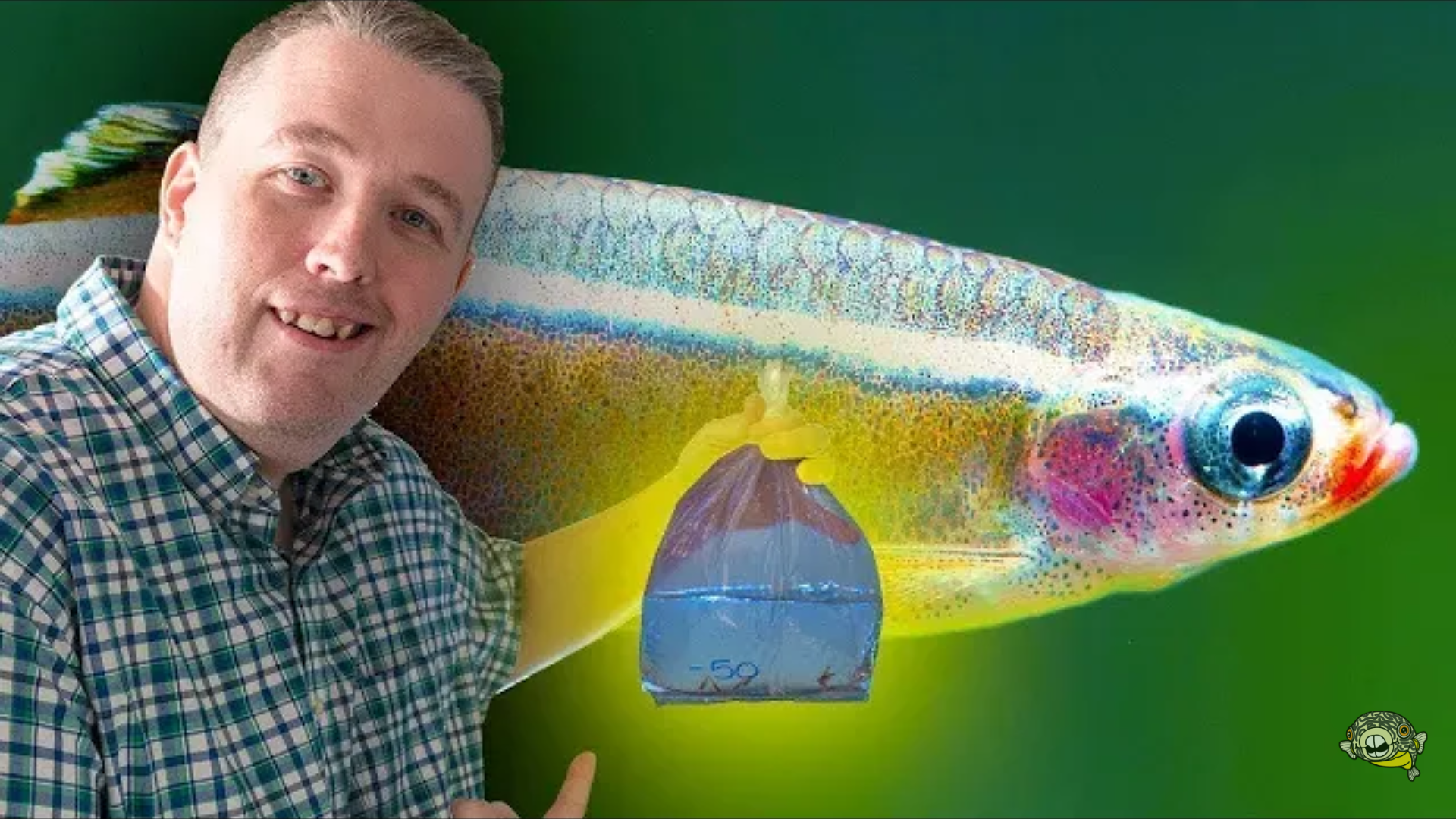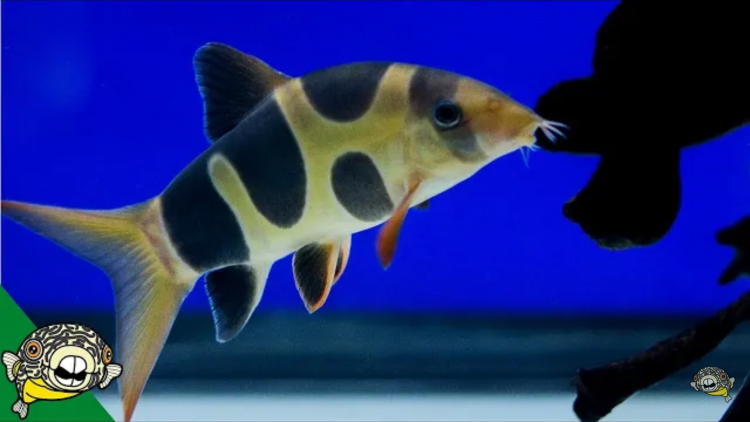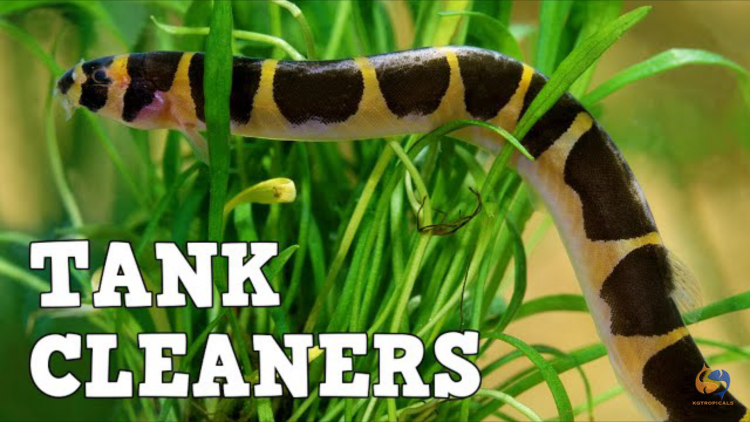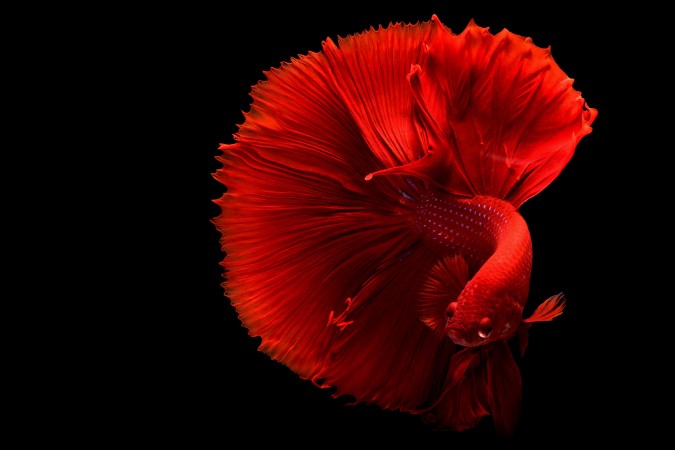- Name:
Clown Loach
- Family: Cobitidae
- Species: Loaches
- Scientific Name: Botia macracantha
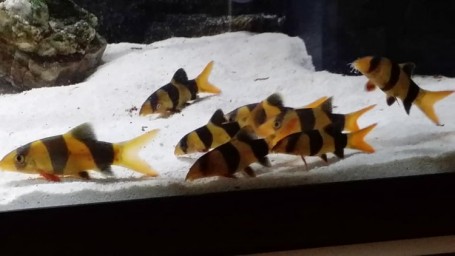

General info about Clown Loach
These fish are orange with 3 black vertical stripes and bright red fins. They are usually 6.5 inches but can reach 8 inches. To keep these fish in captivity, water temperature should range from 75ºF to 86ºF and water pH should be between 5.0 and 7.5. The tank should have a sandy or fine gravel substrate with rocks and branches. Clown Loaches can be kept in community aquariums, however, slow-moving and long-finned species should be avoided as tankmates.
Clown Loach Diet & Nutrition
This species is omnivorous. In the wild it feeds on worms, crustaceans and plant matter. In captivity they can be fed with bloodworm, tubifex and artemia.
Determining Sex of Clown Loach
Females are wider and rounder than males.
Common Diseases with Clown Loach
Due to having no scales, these fish are extremely susceptible to skin diseases.
Clown Loach Origin
This species is endemic to Borneo and Sumatra.
Acclimating Clown Loach
The water in which these fish are packaged is different from the water in the tank, since these fish are extremely sensitive to water conditions the acclimation process is very important. This process should never be rushed. Aquarium lights should be off for at least the first 4 hours of the fish in the new tank and it should not be fed in the first 24h. There are two acclimation methods: Floating Method and the Drip Method.
Floating method - the aquarium lights should be off and lights in the room should be dim, the bag in which the fish is should be placed in the surface of the water to float for about 15 minutes, this allows the water in the bag to adjust to the water in the tank. The bag should then be cut under the knot and the top edge of the bag should be rolled down one inch, then ¼ cup of the aquarium water should be added to the bag, this step should be repeated every 4 minutes until the bag is full, then half the water of the bag should be discarded and the bag should be put to float again and ¼ cup of the aquarium water should be added to the bag every 4 minutes until the bag is full. Afterwards, the Discus can be moved into the aquarium.
Drip method – the aquarium lights should be off and lights in the room should be dim, the bag in which the fish is should be placed in the surface of the water to float for about 15 minutes, this allows the water in the bag to adjust to the water in the tank. The bag contents should be poured into a 1 gallon bucket that has never been cleaned with any chemicals, the fish should be enterally submerged. A siphon, using airline tubing, should be set up and a drip line should run from the main aquarium to the bucket. Several loose knots should be tied in the airline tubing to regulate flow. Sucking the end of the airline tube that goes to the bucket will begin a siphon, the flow should be regulated to 2 to 4 drips per second. Once the water in the buckets doubles, half should be discarded and the process should be repeated until it doubles again. Afterwards, the fish can be moved to the aquarium.
Original Detail
| Name | Species | Family | Scientific Name | More Detail | Added by |
|---|---|---|---|---|---|
| Clown Loach | Loaches | Cobitidae | Botia macracantha | These fish are orange with 3 black vertical stripes and bright red fins. They are usually 6.5 inches but can reach 8 inches. To keep these fish in captivity, water temperature should range from 75ºF to 86ºF and water pH should be between 5.0 and 7.5. The tank should have a sandy or fine gravel substrate with rocks and branches. Clown Loaches can be kept in community aquariums, however, slow-moving and long-finned species should be avoided as tankmates. |
PalaciosAn |
Changed by users
| Submitted Date | Submitted By | Status | Action |
|---|



